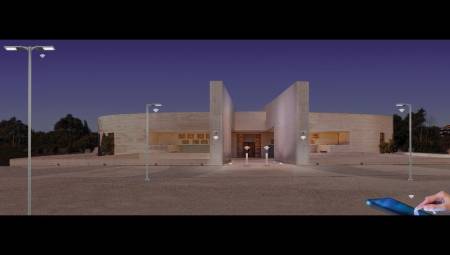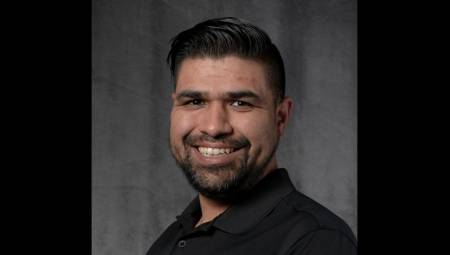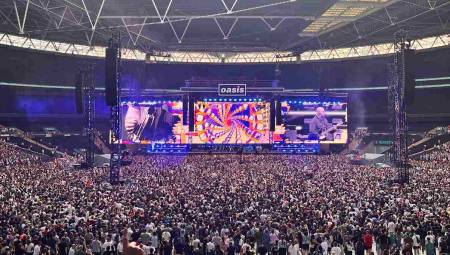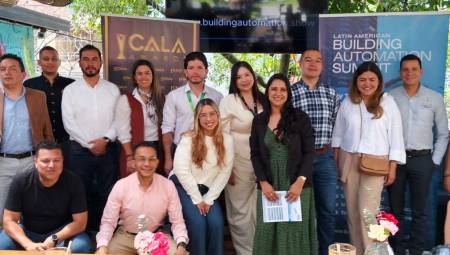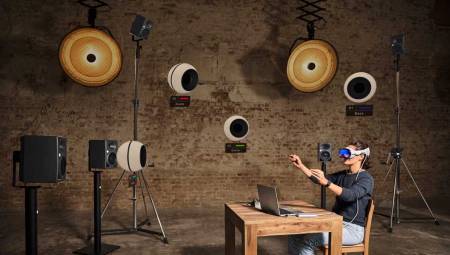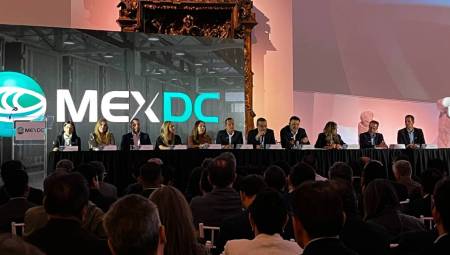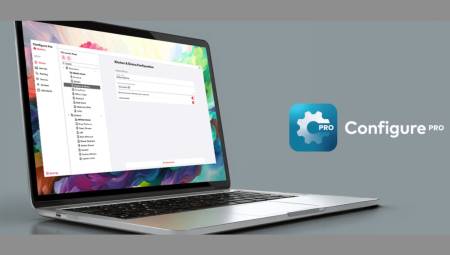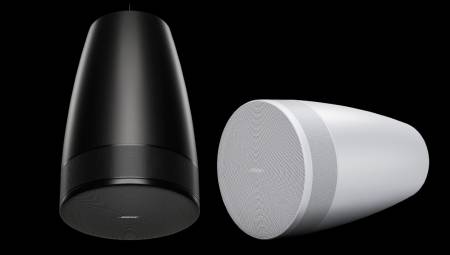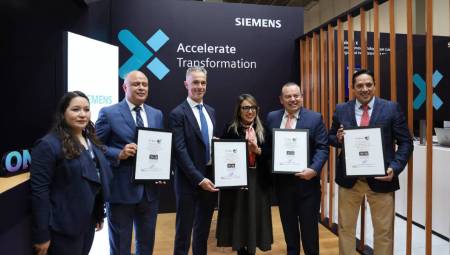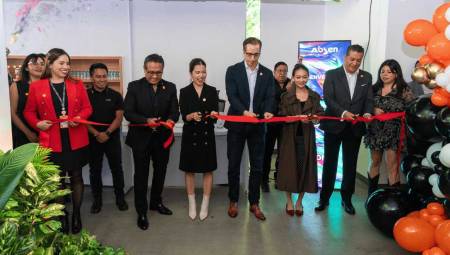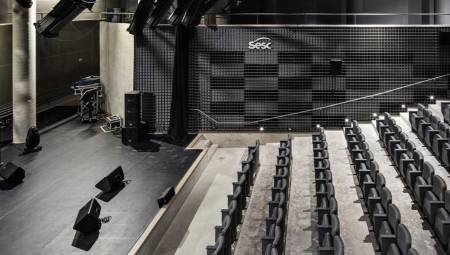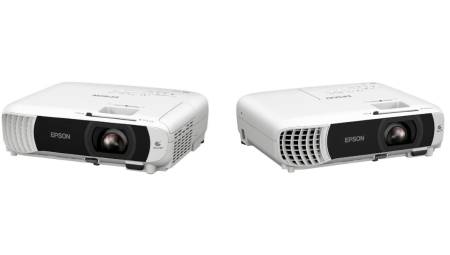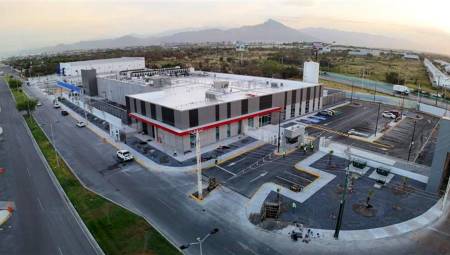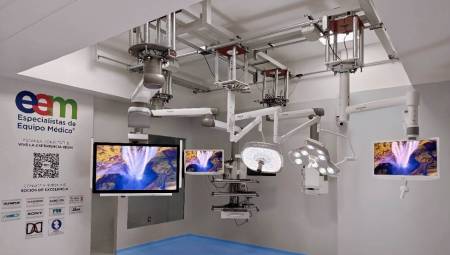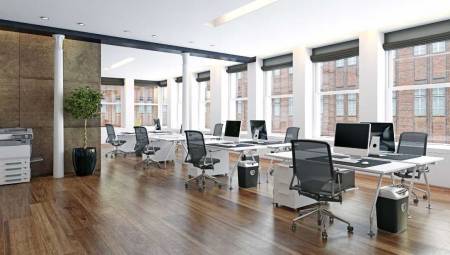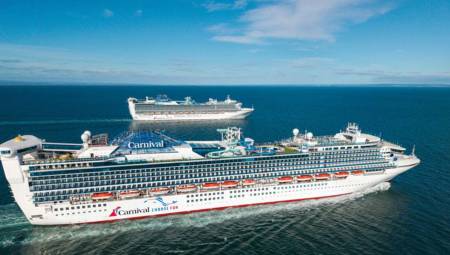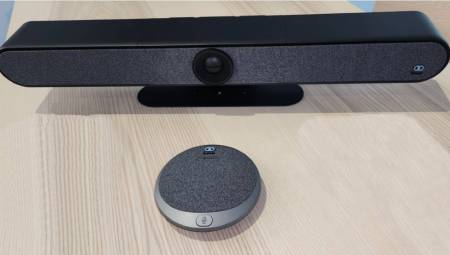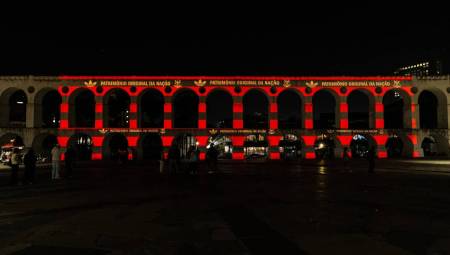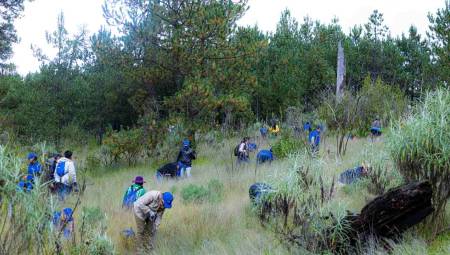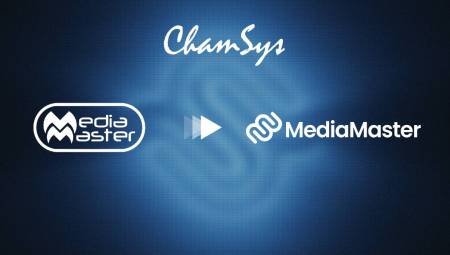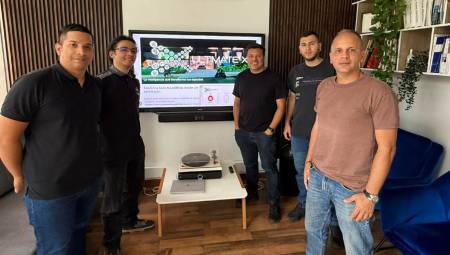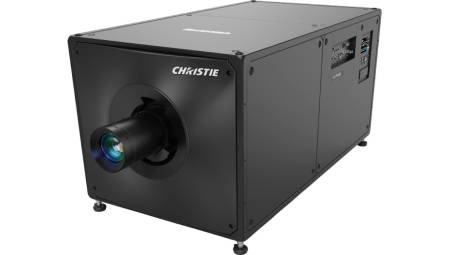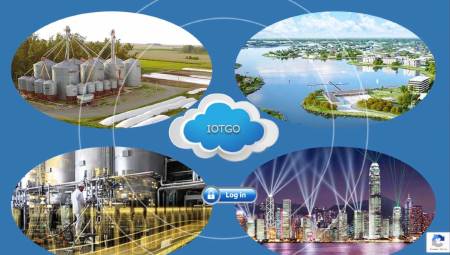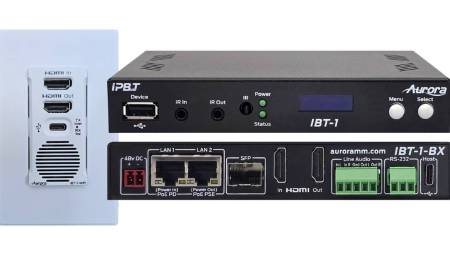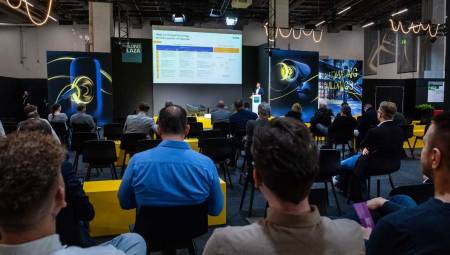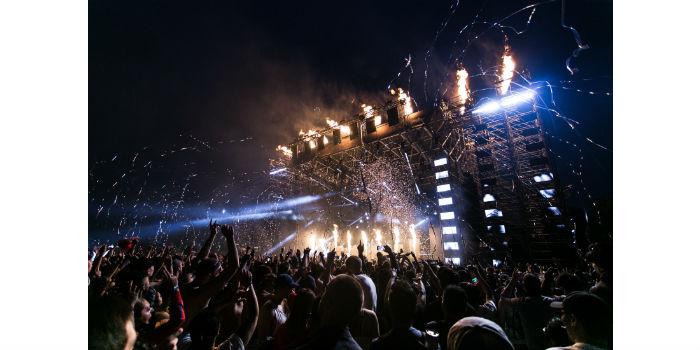 Something that is observed in the different events is that it is believed that if everything is IP, the system will be more efficient. And for certain types of projects it can be. But in the installation of audiovisual projects not everything necessarily has to be digital.
Something that is observed in the different events is that it is believed that if everything is IP, the system will be more efficient. And for certain types of projects it can be. But in the installation of audiovisual projects not everything necessarily has to be digital.
Juan Tamayo*
Communications data transmission networks have evolved sufficiently over the past 25 years. We went from waiting a minute or more to download a photograph to being able to watch an event in high resolution streaming without having to wait, well, wait a long time. Big changes in a very short time.
Now, what happens to the audiovisual project industry that is still thinking about analogue? It's not a matter of technological advancement, it's a matter of thought. I hope in this article to be able to provide some tools of how and when to use digital transmission technologies for your projects.
Content
Before starting any design you should ask yourself what kind of content is going to be transmitted, how it will be transmitted and to whom it will be transmitted. A live event is not the same as an announcement for calls. Some recommendations:
Live events where people can watch the presentation require a lower latency, the minimum possible, for the viewers' brains to process what they see along with what they hear in a correct synchronism. The brain is such a powerful machine that it can mate small time differences to achieve internal synchronism.
In transmissions such as audio distributed in large areas you can work with latencies of 5, 10 or even more. This without any problem because the person is only listening to a message and does not have a visual relationship in which he can identify a delay, the optimal thing is to work with 5 ms.
When transmitting content in digital format you have to be careful with the bandwidth, which in simple words is the space that is required to transfer the information. The bandwidth that is required to transport video is very different from that required to transport audio. Basically to transport video in high quality requires a cargo truck, for stereo audio requires a compact car. The calculation formulas can be obtained from AVIXA courses, they are simple.
The how is even more complex, because it requires defining the type of digital technology and the medium by which it is going to be transmitted. In digital technologies there are many, for the purposes of the article I will talk about audio, in which you can find 75 Ohm coaxial cable technologies such as Madi or technologies based on IP topologies such as Dante. Additionally, when selecting the technology, it should be reviewed that all the elements in the chain are compatible with that technology or version, and that they will work without any inconvenience. Even as a designer you must make sure what external elements are required, such as global watches or other.
For any technology to use, one of its critical points is wiring. Don't skimp on the type of wiring, but also don't overdo it by installing wire with gold filaments. Each type of project requires a special cable, a good design and the right calculations will be critical to selecting the right cable. Consulting with the manufacturer can help, even manufacturers constantly launch applications for calculating these.
Not everything should be digital
Something that I have been able to observe in the different events I attend is that it is believed that if everything is IP the system will be more efficient. And for certain types of projects it can be, such as security (cameras), access, among others. But in the installation of audiovisual projects not everything necessarily has to be digital.
We can see this with an example of design: it is requested to install an audio system distributed in warehouses for storage at a height of more than 4 meters. Around 200 speakers will be installed. You can imagine this kind of installation, 200 data points. Wiring for each point and if it is IP it must at least have a PoE source. The administration and maintenance of this system would be very expensive.
Before recommending the installation of a digital system versus an analog system, make a cost matrix in which you take into account maintenance costs. Very few projects quantify this cost, but it is actually among the most important items in the development of the project.
Staff requires training
In general, for any audiovisual project, the staff is required to be trained or trained. Not all staff must have the same degree of knowledge, it can be sectorized according to the level of development in each project, the installer must know of data networks, correct installation. The programmed engineer must know his program, design theory and so each actor must have clear concepts to carry out his activity.
In the market there are many possibilities to train in person or online. A good place to start are AVIXA courses and trainings such as those offered by Audio-Technica in microphone theory or Audinate in Dante.
Conclusions
Remember that to develop a good digital project (any audiovisual project):
- Analyze where it will be installed, who will operate or enjoy it and what the implementation will be like
- Not everything necessarily has to be digital. Analyze cost-benefit of digital, analog or hybrid solutions
- Do not reduce installation costs using economical cables and connectors, this will cause the after-sales cost to rise
- Keep your staff trained in both new and existing technologies.
I hope this article will help you have more successful projects. If you have any questions or would like Audio-Technica to advise you on an installation project, please do not hesitate to write to me at [email protected]
*Juan Tamayo is a senior application engineer for Audio-Technica Latin America, with more than 10 years of experience carrying out audiovisual projects as a designer, integrator, consultant among other functions.








